Countdown of top 10 common Cine faux pas to avoid for any self-respecting movie buff or cinephile:
10. Silent Film
Usually accompanied by anything from a guitar, piano, to an entire orchestra. The term “silent film” is a retronym, coined after films recorded with synchronised sound (“talkies”) became the dominant norm. What you could say instead is “a silent era film”.
9. The “Silver Screen”
2 things make the Screen “Silver”
1). Silver Nitrate If it ain’t nitrate, it ain’t silver screen. The highly flammable film base more or less died off towards end of the 1952.
Unique properties made the projected images so bright and shimmering that the term was coined. Watching a razor sharp silver nitrate feature is for many, a life-changing experience. Films shot on 3 strip Technicolor process and printed on Nitrate are truly eye popping. One can imagine how Dorothy’s entrance to the land of OZ was like on Nitrate IB Tech… People not longer gasp at that same scene even while watching an awesome Eastman LPP 35mm print of Wizard of OZ – and digital projection? I’ll be bored and playing candy crush…
Hence a popular “bucket list” for many cinephiles. Too bad most nitrate films are now “lost”. Luckily there are places that still screen nitrate films. #cinephileholidaydestinations
2). Silver lenticular screens During the nitrate film era, movie screens were often embedded with reflective metallic content. #cinephileDIY
“Stars of silver screen” – Roscoe Fatty Arbuckle, 阮玲玉 (Ruan Lingyu), Lon Chaney, Lillian Gish, Buster Keaton, Louise Brooks, T. P. Rajalakshmi, Theda Bara
NOT “Stars of silver screen” – Elizabeth Taylor, Kim Novak, James Dean, 任達華 (Simon Yam)
8. Film Noir
A term dreamt up by the French to categorise certain types of Hollywood films made between roughly 1940 – 1950. Movies made much later may have similar “noir-ish” elements, but are not Film Noir. Call them “neo-noir”, “revisionist noir” or maybe just “noir”?!
Film noir : Maltese Falcon (1941)
—
Neo / Revisionist / Homage / Noir-ish: Chinatown (1974)
7. Digital Film
Oxymoron!! There simply isn’t such a thing. Check out Wikipedia. Shameless marketing terminology for Digital Cinematography and Digital Cinema Package (DCP). Both entries in Wikipedia makes no reference or uses the word “film”. The proper term used should be Digital Video or in most cases now, High Definition Digital Video.
6. Special Effects Vs. Visual Effects
Get this right once and for all:
Special effects = stuff done in front of camera
Visual effects = stuff done in post production, eg. computer graphics
5. 3D movies
Well, almost all movies have perspective and are 3D. This term is another misnomer for “Stereoscopic Imaging”. Conveniently marketed as 3D for simplicity to fool the simple masses.
4. Bollywood
The uneducated like to use it as a blanket term for ALL Indian/Bangladeshi/Pakistani movies regardless whether they are:
a. Kollywood (Tamil)
b. Tollywood (Telugu)
c. Mollywood (Malayalam)
d. Lollywood (Pakistani)
e. Dhallywood (Bangla)
or
f. indies…
We Desi and Singaporeans (a major Kollywood market) generally forgive westerners making this crass error. But that doesn’t mean we aren’t laughing behind their backs!
Instead of using “Bollywood” to describe a certain look or feel, try using another misused/derivative term instead: “Filmi”. Originally a term for Music from popular Indian Films, now used as blanket term for anything that seems like it’s out of an Indian movie. (Eg: Menstrual Bazin looks and walks just like Kamal Hassan! – Yeah, so Filmi!!)
3. Celluloid
A trademarked plastic made from nitrocellulose that predates even Bakerlite! Commonly used for cheap dolls and table tennis balls.
Motion picture films prior to 1952 used nitrocellulose (Cellulous Nitrate). But later films used safer (non-highly flammable) film base Acetate and Polyester. However these too have been incorrectly called Celluloid. Some use another incorrect blanket term – “analog film”. So wrong because all film is, and can only be analog.
2. CGI
A long time ago, there was “Computer Graphics” (CG) And there was “Common Getway Interface” (CGI). Somewhere along the way, shit got mixed up and CG became CGI by reinventing the “I” as Imaging/Imagery. Fuelled on by lazy journalism trying to save on words (why “CG effects” when “CGI” will do). The mistake became so ubiquitous that the correct term is making friends with the dodo.
1. “Film”
The biggest faux pas of all is committed against the medium itself! The misuse of the word when no Film is involved.
Examples:
1). Start “filming” — If it’s not film, you are either “shooting”, “recording”, “taping” ..”digitising”??
2). “Film” screening — If it’s not 8mm, super8, 9.5, 16mm, 35mm, 70mm etc, it probably isn’t Film, but another MEDIUM. Call it what it is: “VIDEO Screening” don’t distract or mislead, be it DVD, VHS, Bluray, DCP or Laserdisc. Though you can always puss out and call it “Movie Screening”




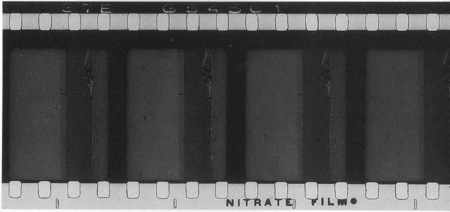
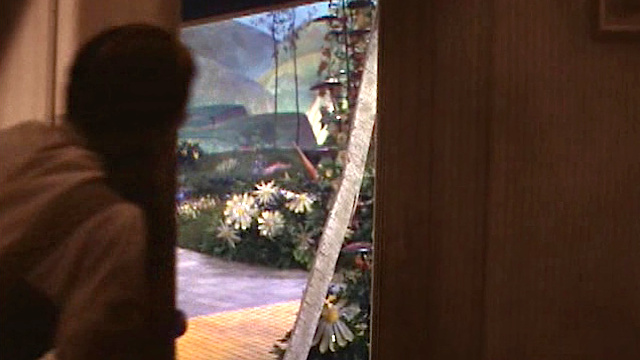


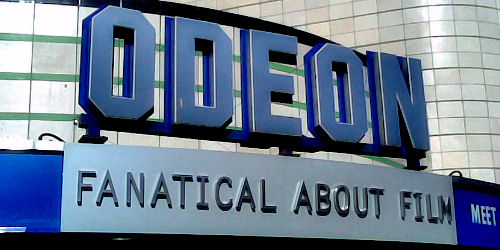





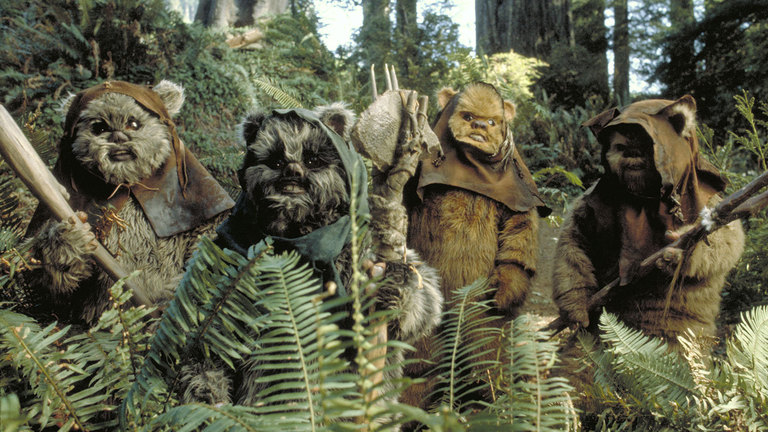
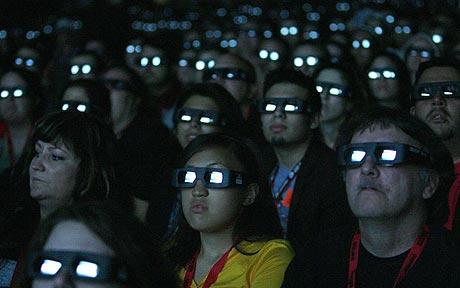

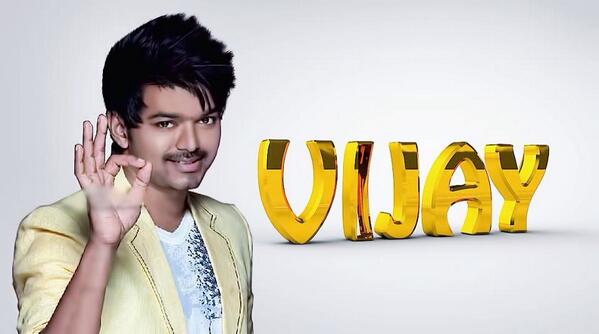








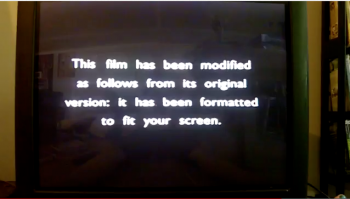





1 Comment